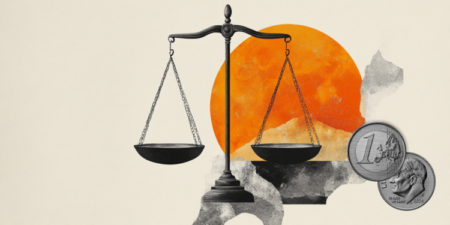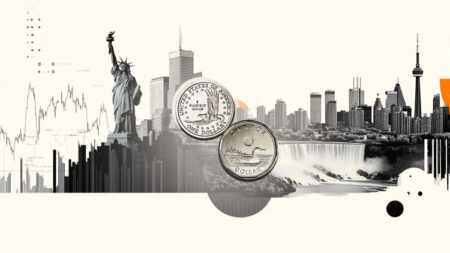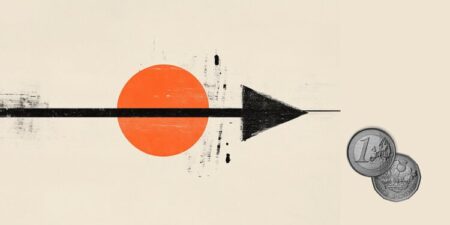- The USD Index demonstrates high volatile action near 99.50 as the US House of Representatives passes Trump’s tax bill.
- Trump’s tax cut bill is expected to accelerate the US fiscal crisis
- Last week, Moody’s downgraded the US credit rating to Aa1.
The US Dollar (USD) exhibits volatile action during North American trading on Thursday, with the US Dollar Index (DXY) showing wild moves near 99.50 after the United States (US) House of Representatives approved President Donald Trump’s tax bill narrowly and passed it to the Senate.
After getting passage from the lower house of Congress, US President Trump stated that the “one big beautiful bill is the most significant legislation” and added that “It’s time for friends in the United States Senate to get to work”.
While US President Trump has cheered the approval of the so-called “big beautiful bill” in the House of Representatives, financial market participants are worried that the bill, which comprises tax cuts and spending plans, will exacerbate the fiscal deficit crisis. According to the nonpartisan Congressional Budget Office, Trump’s new bill would increase the US debt by $3.8 trillion over the decade, exacerbating interest obligations for the administration.
Last week, Moody’s also cited concerns over large fiscal imbalances and increasing interest costs and downgraded the US Sovereign Credit Rating by one notch to Aa1 from Aaa.
On the economic front, investors await the flash US S&P Global Purchasing Managers’ Index (PMI) data for May, which will be published at 13:45 GMT.
Meanwhile, Initial Jobless Claims for the week ending May 16 have come in slightly lower than projected. Individuals claiming jobless benefits for the first time were recorded at 227K, slightly fewer than estimates of 230K and the prior release of 229K.
US Dollar FAQs
The US Dollar (USD) is the official currency of the United States of America, and the ‘de facto’ currency of a significant number of other countries where it is found in circulation alongside local notes. It is the most heavily traded currency in the world, accounting for over 88% of all global foreign exchange turnover, or an average of $6.6 trillion in transactions per day, according to data from 2022.
Following the second world war, the USD took over from the British Pound as the world’s reserve currency. For most of its history, the US Dollar was backed by Gold, until the Bretton Woods Agreement in 1971 when the Gold Standard went away.
The most important single factor impacting on the value of the US Dollar is monetary policy, which is shaped by the Federal Reserve (Fed). The Fed has two mandates: to achieve price stability (control inflation) and foster full employment. Its primary tool to achieve these two goals is by adjusting interest rates.
When prices are rising too quickly and inflation is above the Fed’s 2% target, the Fed will raise rates, which helps the USD value. When inflation falls below 2% or the Unemployment Rate is too high, the Fed may lower interest rates, which weighs on the Greenback.
In extreme situations, the Federal Reserve can also print more Dollars and enact quantitative easing (QE). QE is the process by which the Fed substantially increases the flow of credit in a stuck financial system.
It is a non-standard policy measure used when credit has dried up because banks will not lend to each other (out of the fear of counterparty default). It is a last resort when simply lowering interest rates is unlikely to achieve the necessary result. It was the Fed’s weapon of choice to combat the credit crunch that occurred during the Great Financial Crisis in 2008. It involves the Fed printing more Dollars and using them to buy US government bonds predominantly from financial institutions. QE usually leads to a weaker US Dollar.
Quantitative tightening (QT) is the reverse process whereby the Federal Reserve stops buying bonds from financial institutions and does not reinvest the principal from the bonds it holds maturing in new purchases. It is usually positive for the US Dollar.
Read the full article here
















